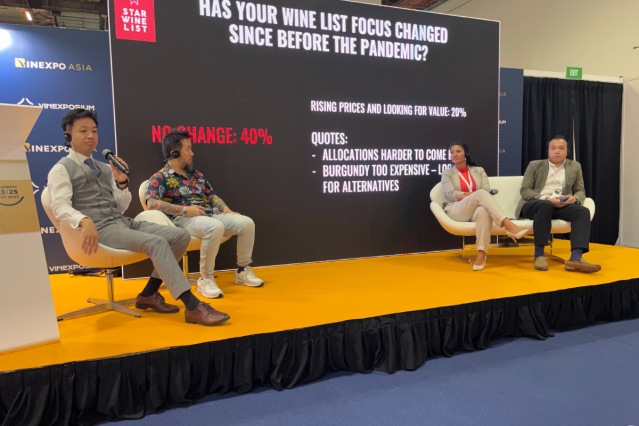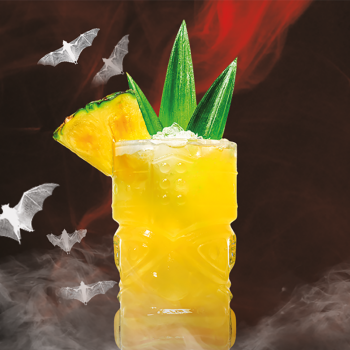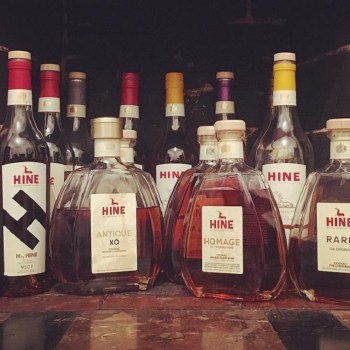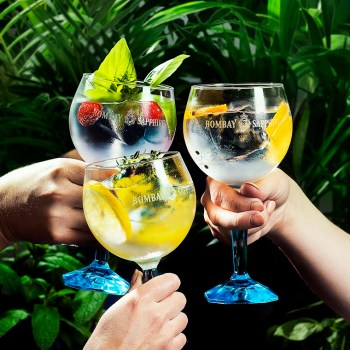At Vinexpo 2023, Star Wine List hosted a panel discussion from leading regional sommeliers to hear what the trends were taking hold for on-premise wine in Southeast Asia.
The panel was hosted by Krister Bengtsson, Founder of Star Wine List, a website that maps and lists the world’s great on-premise wine menus.
Speakers were: Alvin Gho, Founder of Wine RVLT bar in Singapore and the first Singaporean to achieve the Advanced Sommelier qualification from the Court of Master Sommeliers; Liora Levi, Star Wine List’s Ambassador Manager and President of the Norwegian Sommelier Association; Reeze Choi, who is based in Hong Kong and finished third in the Association de la Sommellerie Internationale’s Best Sommelier of the World 2023 competition; and Justin Ho Li Vern, three-time winner of the Best Sommelier of Malaysia award.
Mixed picture for natural wine
Two of the major trends highlighted in the discussion were the familiar topics of natural wine, and sustainability when building a wine list.
Alvin is convinced that natural wines are an integral part of any well-balanced wine list, and believes the category is here to stay.
“Natural wines have become a mainstay in a lot of restaurants, bars and wineries,” he says.
“It is a real category, and not just a trend… It’s always important to be open minded, to be drinking and tasting things that you like, that customers would like, without having too much of a negative opinion.
“I think the world is slowly, slowly, wanting to be more accepting, but I think Singapore is still pretty much conservative. But very slowly – yes [natural wines] are happening.”
And Reeze believes something similar is taking hold in his city: “Yes, this is a trend in Hong Kong.
“The younger generations are more open-minded and want to try these wines.”
Like Alvin, Liora believes the wine list landscape in Norway and Scandinavia is conservative in outlook.
“In Norway in general, trends are still along classical lives,” she says.
“But the trend is also going very much towards [natural wines], a lot of [venues] are having more natural wines also on their list, but still keeping a lot of the classical labels.”
For Justin, these trends are impacting Malaysia, but are slower to arrive.
“Probably Malaysia is one of the later [markets] coming up with the wine consuming behaviours, after Singapore and Hong Kong.
Justin also says he’s identified a two tier market for on-premise wine consumers in Malaysia.
“Malaysia has separated out into probably two categories: the category that’s looking for more classical wine, and the category that’s actually looking for more trendy, natural wines – what we call organic, biodynamic, sustainable.
“In Malaysia, natural only came on board, probably six or seven years ago, but it was still very slow because most of Malaysia still likes their Bordeaux, like their Burgundies.”
Sustainability growing slowly in Asia
As highlighted by the speakers, the topic of natural wine leads neatly to sustainability, another area of wine innovation covered in a survey that Star Wine List presented to global sommeliers.
According to results presented at the panel, a quarter of respondents said sustainability was extremely important to their wine lists, while 40 per cent weighted sustainability at four out of five for importance. Yet, more than 10 per cent of those surveyed said sustainability was not important to them.
And in Asia, it seems that perspectives differ. Alvin was cutting about the general attitude towards more environmentally friendly products, saying: “In my opinion, most Asians don’t care about sustainability. They don’t believe in global warming.”
However, Reeze is more circumspect – saying that he is seeing some uptake of sustainable practices in his home market.
“I see more people that are really focusing on sustainability… One sommelier in Hong Kong, they are very extreme. This sommelier, she calculates the weight of every single bottle, so if this is heavier than a certain amount, she will probably not use it anymore because of the sustainability thinking.”
And Justin says that in Malaysia, certain restaurants are increasing the diversity of their guests by introducing sustainable wines.
“For example, with one restaurant, they used to only have the older generation. They then recently added in some funky wines, natural wines and sustainable wines, to try and get the younger generations in.
“I think for me… to attract a certain consumer, I think it’s really important – just have a few, just to fill up the gap, in order to address the customer base.”
Liora gave the Norwegian perspective, one of a non-producing nation that is heavily concerned with sustainability.
“It’s not only about the wines, but it’s about the whole package… If you’re going to be completely sustainable, you won’t have wines from New Zealand, or South Africa, or South American on the list, because it’s not sustainable.”
Burgundy costs present chance for alternatives
Southeast Asia is a famously strong market for red wines, but the panel said they’ve mostly turned away from wines from the traditional heartland of Burgundy.
“I stopped drinking Burgundies five, six, seven years ago… I’ve been drinking a lot of Beaujolais, which are still very good value,” Alvin says.
“Another region I’ve been constantly on the lookout for is Coteaux Champenois [still wines from Champagne]. Right now because of global warming and how it’s hit the South of Champagne, you actually get a lot more ripening in the grapes, and some very high quality alternatives to Burgundy in the Pinots and Chardonnays.
“Burgundies are too expensive. We cannot afford it any more.”
Justin concurs, saying: “I’d rather drink Beaujolais, and or else I’d go more towards some of the indigenous grapes from Italy or even Spain.”
Liora also agrees with Alvin.
“Coteaux Champenois – I think it’s a great alternative to burgundy today.
“I tasted a couple of both red and wine Coteaux Bourguignons just two weeks ago and it was marvellous, it was delicious, but they’re charging Champagne prices, it was 50 US dollars at retail, and it’s a miniscule production.
And Liora revealed that Norwegian sommeliers were making a surprising choice when it came to different options to French wine.
“People are looking to a lot of alternatives to Pinot and Chardonnay – they’re looking to the UK. Norway is a huge market for the UK. We’re actually the largest market for the UK [wines] in the world, we just surpassed the US, in sparklings but also with global warming, the whites, the reds, the Chardonnays and Pinots from the UK are great.”
But despite this expense, Burgundy wines retain a strong pull, as Reeze explains.
“Burgundies nowadays are very, very expensive, I think noone is going to argue with this, but there’s always customers to buy them, to order them to enjoy in a restaurant.
“So yes, I still have a lot of Burgundy on the list, but I also look for wines from the New World which is very Burgundy-like.”
Krister concluded by reflecting on the opportunity for alternative locations and grapes.
“If there are any Beaujolais producers in the room, they’re very happy right now.”



